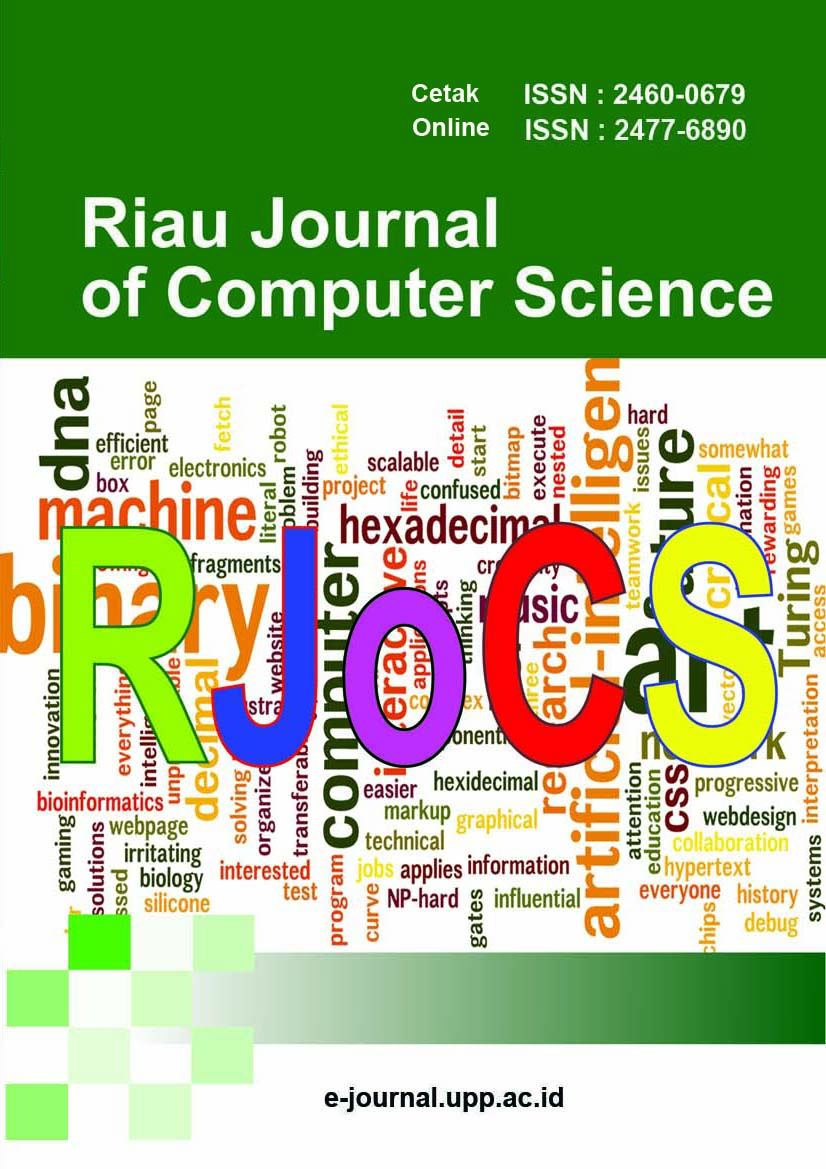APLIKASI PENGENALAN PROFESI PEKERJAAN BAGI ANAK USIA DINI BERBASIS AUGMENTED REALITY
Keywords:
Augmented Reality, Android, PAUD, Profession, Waterfall.Abstract
Early age is an important time for a child to develop his talents and potential. At this time, generally children learn in Early Childhood Education or PAUD. One of the lesson materials in PAUD is a lesson about various professions as the ideals of the future. Children are being introduced about various professions such as astronauts, doctors, teachers, pilots, police officers, etc.. Teachers introduce these professions by using a picture book. Picture books have limitations, which only show images and text. Augmented reality technology can be used as a medium to introduce various professions by adding 3 dimensional objects on the media book. This study aims to produce application in introduction of the profession based on augmented reality. The resulting application is a medium to help introduce various professions in the form of 3-dimensional visualization for early childhood. The research method adopted the waterfall method consisting of the stage of determining the needs of the application, designing markers and 3-dimensional objects, creating and publishing apk-formatted applications and testing applications on Android-based smartphone devices. The results of the study in the form of application of learning about various professions that can be run by teachers at school and parents at home.References
Antonioli, M., Blake, C., and Sparks, K., 2014. Augmented Reality Applications in Education. The Journal of Technology Studies, 40(1/2), pp.96-107
Carmigniani, J., Furht, B., Anisetti, M., Ceravolo, P., Damiani, E. and Ivkovic, M., 2011. Augmented reality technologies, systems and applications. Multimedia Tools and Applications, 51(1), pp.341-377.
Dedynggego, D., Mohammad, M. and Affan, M., 2015. Perancangan Media Pembelajaran Interaktif 3D Tata Surya Menggunakan Teknologi Augmented Reality untuk Siswa Kelas 6 Sekolah Dasar Sangira. Jurnal Elektronik Sistem Informasi dan Komputer, 1(2), hal.45-60.
El-Sayed, N.A.M., Zayed, H.H., and Sharawy, M.I., 2010. ARSC: Augmented reality student cardAn augmented reality solution for the education field, Computers & Education, 56, pp. 1045-1061
Husniah, L., 2016. Interaktif Augmented Reality untuk Katalog Penjualan Rumah Berbasis Android. KINETIK, 1(1).
Muthia, D., 2015. Pengembangan Aplikasi Pengenalan Lingkungan Sekitar Dengan Menggunakan Engine Unity 3D. PAWIYATAN, 22(3).
Rakasiwi, S., 2013. Perangkat Lunak Bantu Sistem Penetuan Prestasi Karyawan Pt. Telkom Divre Iv Semarang. E-Bisnis, 6(2).
Rusli, M. and Ziveria, M., 2016. Membandingkan Empat Paradigma Rekayasa Perangkat Lunak. I-STATEMENT: Information System and Technology Management (e-Journal), 2(1).
Santos, M.E.C., Chen, A., Taketomi, T., Yamamoto, G., Miyazaki, J. and Kato, H., 2014. Augmented reality learning experiences: Survey of prototype design and evaluation. IEEE Transactions on Learning Technologies, 7(1), pp.38-56.
Van Krevelen, D.W.F. and Poelman, R., 2010. A survey of augmented reality technologies, applications, and limitations. International Journal of Virtual Reality, 9(2), p.1.
Wu, H.K., Lee, S.W.Y., Chang, H.Y. and Liang, J.C., 2013. Current status, opportunities and challenges of augmented reality in education. Computers & Education, 62, pp.41-49.


